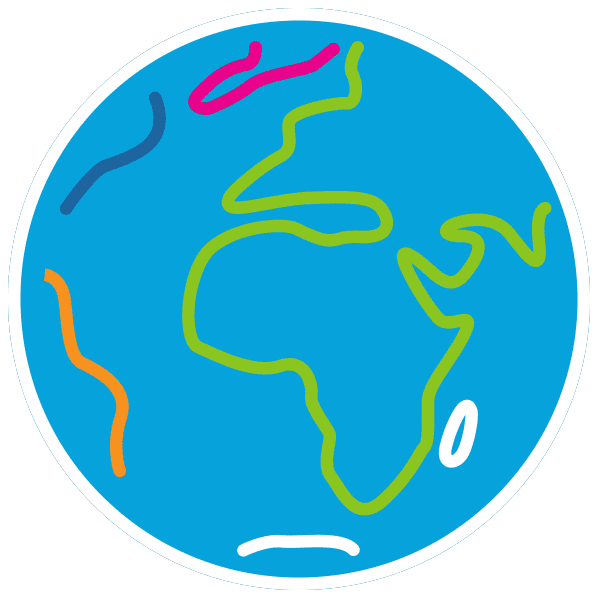This is the first of five blog posts for British Science Week in which we address who we are, what we do and some of the challenges we face in using science to help understand, manage and conserve heritage.
Today’s challenge is complexity. Heritage is complex and diverse. There are many different types of heritage, and they are facing a huge range of different threats and risks. For heritage to be conserved for future generations, a very wide range of scientific expertise needs to be deployed. In the circle below, we have tried to give a representative picture of the types of sciences needed. They are colour coded in a wheel from the blues of ‘pure’ sciences, the purples of more applied sciences, the reds of social sciences, oranges of more practical subjects, and the green of philosophy. Are these all science?

Some of the ‘sciences’ in the diagram may look very different to what we conventionally think of as science, but they all contribute to solving the problems facing heritage in today’s world. Indeed, the German term ‘Wissenschaft’ is, we think, a useful way of summarising all the different types/kinds of knowledge needed to help conserve heritage. Wissenschaft is often translated as ‘science’, but it’s a broader and more nuanced concept which includes scientific and non-scientific inquiry under the heading of ‘systematic research’.
Coping with complexity: Katrin at Pompeii
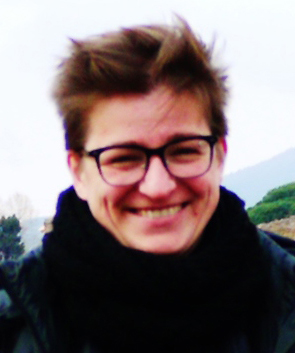
Dr Katrin Wilhelm,
Conservation and Heritage Scientist in OxRBL
She used to be a stone mason and is now an expert on the use of non-destructive, field-based methods to diagnose stone deterioration.
She works at many heritage sites, including the Roman ruins of Pompeii, Italy.
One of the OxRBL researchers, Dr Katrin Wilhelm, has worked on the conservation history of Pompeii. To understand the different materials used in the conservation of wall paintings at Pompeii and their long-term performance, she has had to consult historical records, use advanced microscopic techniques developed for geology and materials science, work with archaeologists and talk to microbiologists. No one field of science can provide all the answers, and anyone working on heritage has to be prepared to collaborate with others and step out of their comfort zone.
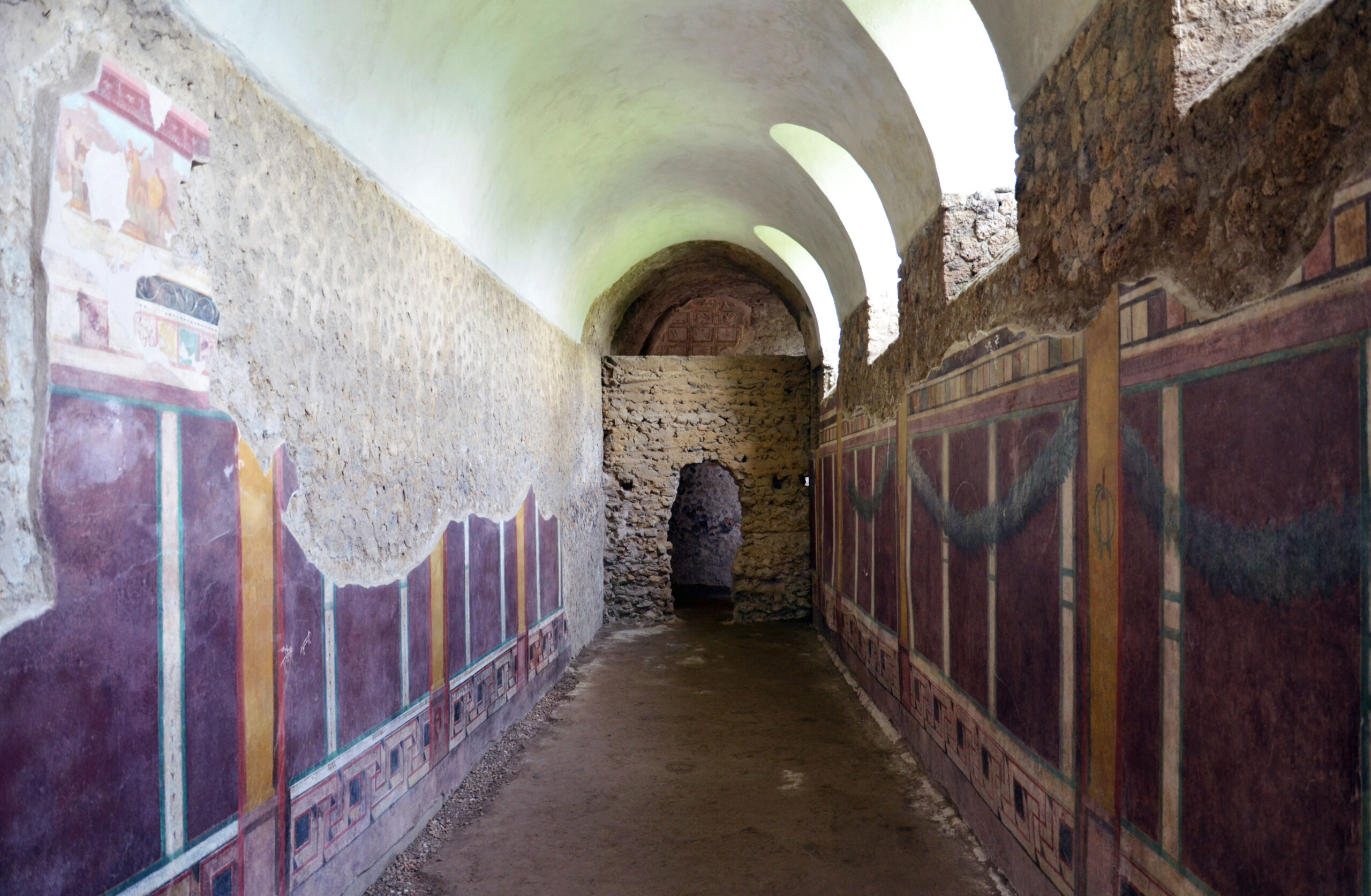
Pompeii (Italy), Casa del Criptoportico (I, 6, 2) in 2016.
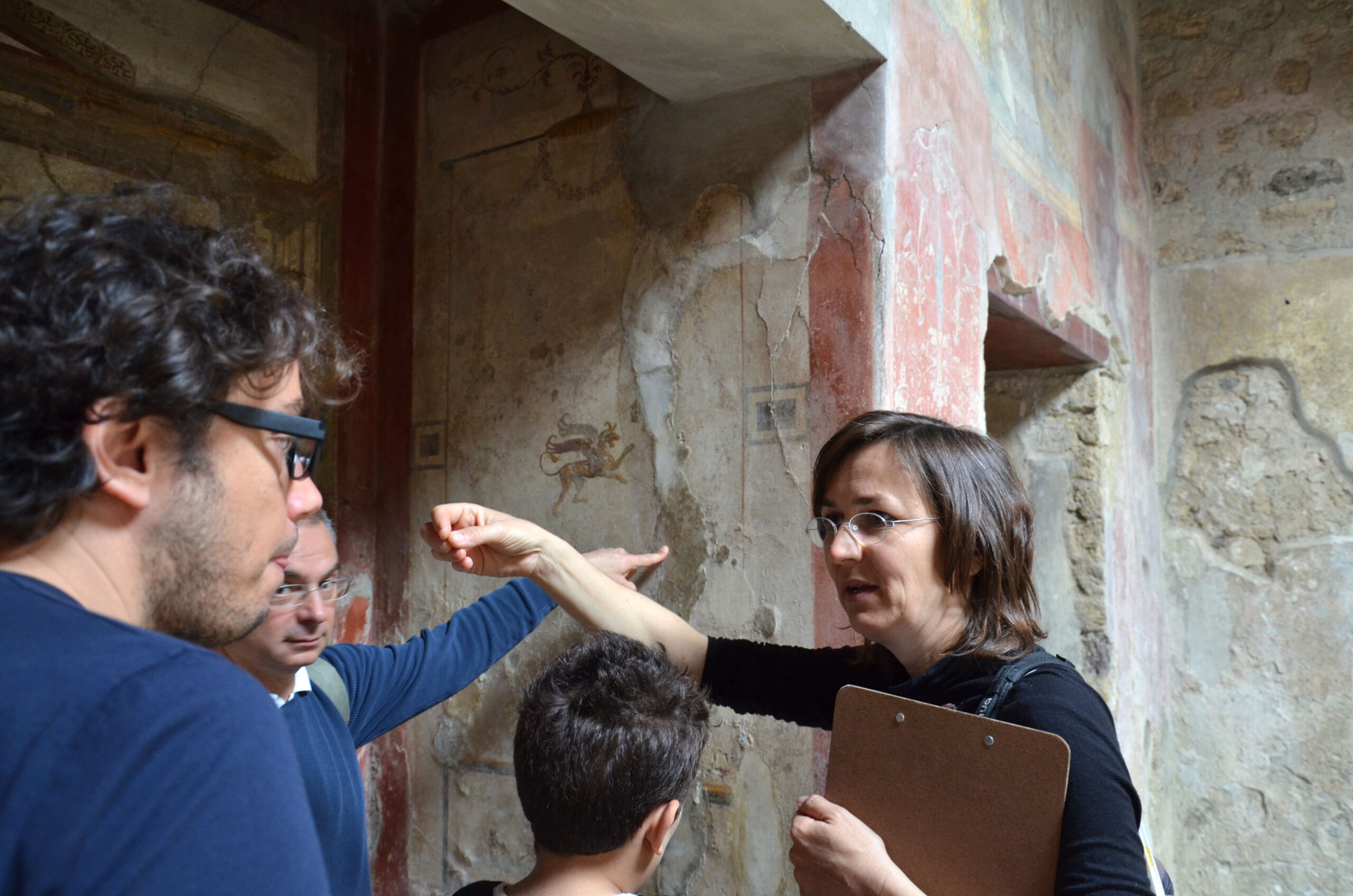
Pompeii (Italy), Casa dell’ Ara Massima (VI, 16, 15) in 2016. Discussion between architects, archaeologists, scientists and curators about past, present and future conservation strategies.
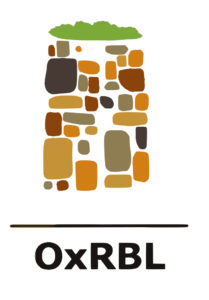 We are a group of scientists from diverse backgrounds who work at the University of Oxford in the Oxford Resilient Buildings and Landscapes Lab (
We are a group of scientists from diverse backgrounds who work at the University of Oxford in the Oxford Resilient Buildings and Landscapes Lab (